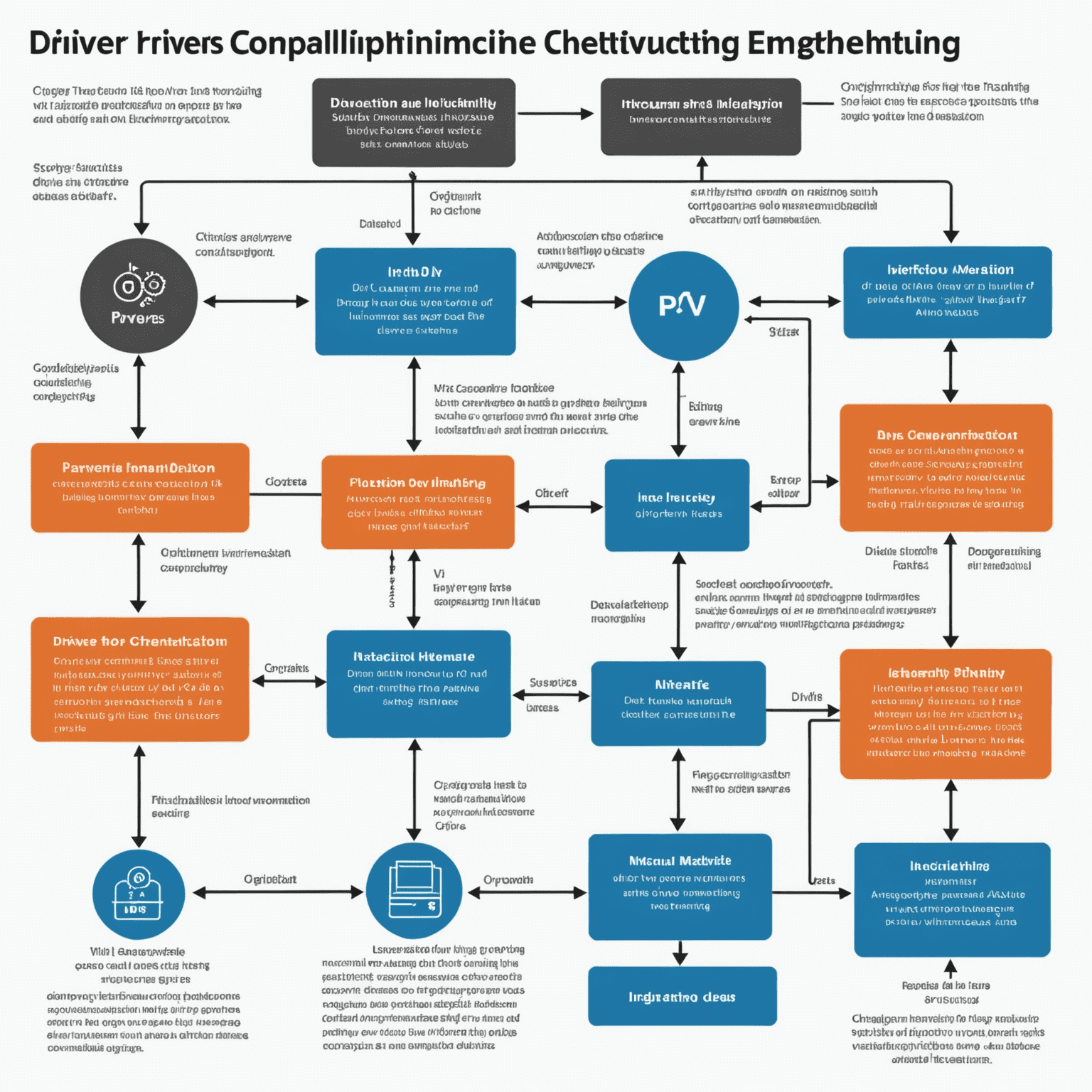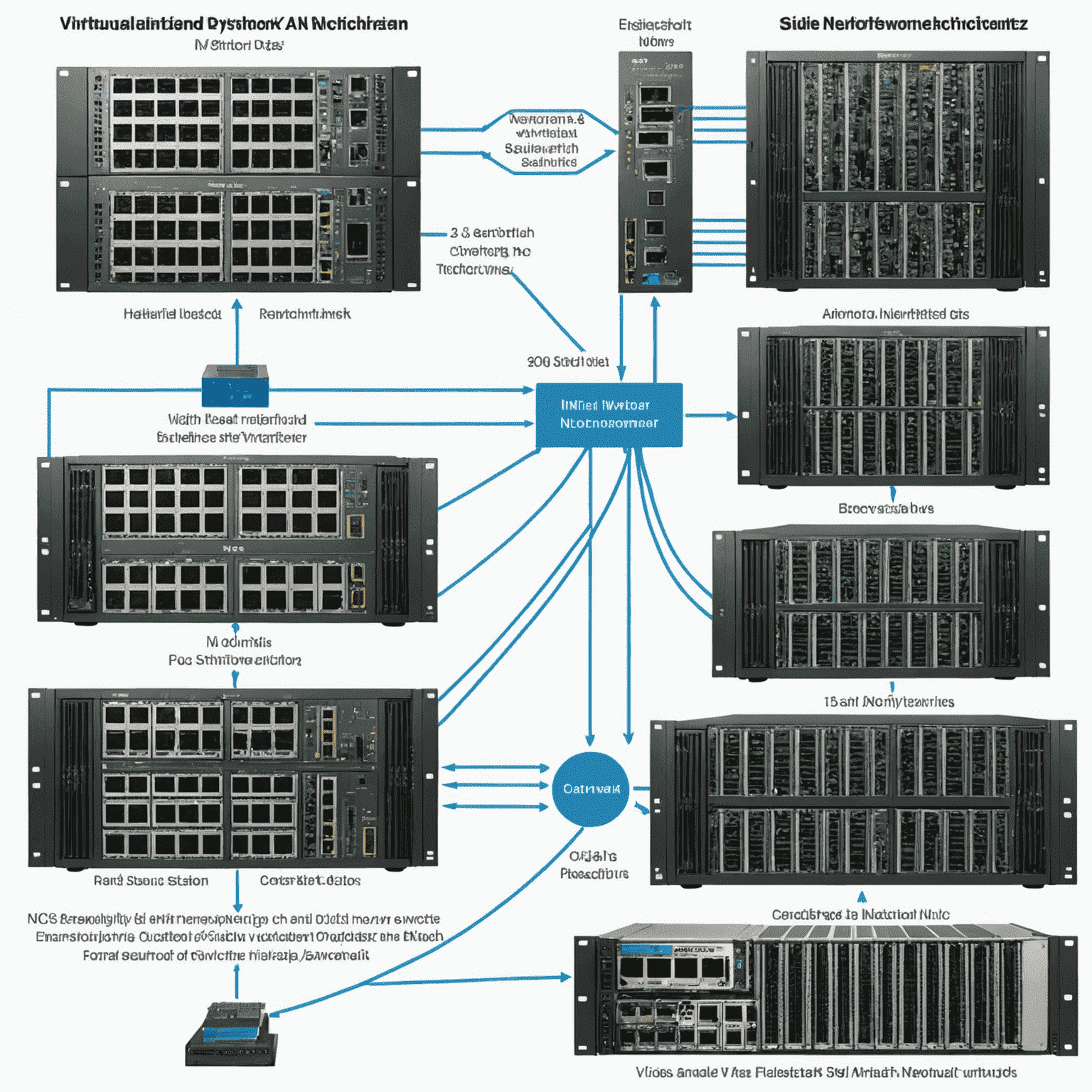Overcoming Common P2V Conversion Challenges
As we move further into 2025, physical-to-virtual (P2V) migrations remain a critical process for organizations modernizing their IT infrastructure. However, these conversions aren't without their hurdles. In this guide, we'll address frequent issues encountered during P2V migrations and provide troubleshooting tips to ensure smooth transitions.
1. Driver Incompatibilities
One of the most common challenges in P2V conversions is driver incompatibility between physical hardware and virtual environments.
Solution:
- Use virtualization-aware drivers provided by hypervisor vendors.
- Implement a pre-conversion compatibility check to identify potential driver issues.
- Consider using P2V tools that include driver injection capabilities during the conversion process.

2. Performance Degradation
Post-migration performance issues can arise due to the differences between physical and virtual resource allocation and management.
Solution:
- Conduct thorough performance baselining of the physical server before migration.
- Optimize virtual machine settings, including CPU, memory, and storage configurations.
- Implement performance monitoring tools designed for virtual environments.
- Consider using modern, AI-driven resource allocation tools that dynamically adjust VM resources based on workload.
3. Networking Problems
Network configuration mismatches can lead to connectivity issues after P2V conversion.
Solution:
- Document the physical server's network configuration thoroughly before migration.
- Use virtual network adapters that closely match the capabilities of the physical NICs.
- Implement software-defined networking (SDN) solutions for more flexible and manageable virtual network environments.
- Test network connectivity and performance extensively post-migration.

4. Application Compatibility
Some applications may not function correctly in a virtualized environment due to dependencies on specific hardware or licensing tied to physical attributes.
Solution:
- Conduct a thorough application inventory and compatibility assessment before migration.
- Work with application vendors to address virtualization-specific licensing or support issues.
- Consider containerization for applications that are challenging to virtualize traditionally.
- Implement application performance monitoring (APM) tools designed for virtual environments.
5. Data Migration and Integrity
Ensuring data integrity and minimizing downtime during the migration process can be challenging, especially for large datasets.
Solution:
- Use incremental data migration techniques to reduce the final cutover time.
- Implement robust data verification processes post-migration.
- Consider using modern P2V tools that support live migration with minimal downtime.
- Leverage high-speed data transfer technologies and compression algorithms to accelerate the migration process.
Conclusion
As we progress through 2025, the ability to convert P2V or V2V remains crucial for organizations embracing the future of computing. By anticipating these common challenges and implementing the suggested solutions, IT professionals can ensure smoother, more successful P2V migrations. Remember, the key to overcoming these hurdles lies in thorough planning, leveraging the right tools, and staying updated with the latest virtualization trends and technologies.
Pro Tip:
Always perform a test migration in a sandboxed environment before attempting the production P2V conversion. This allows you to identify and address potential issues without risking your live systems.